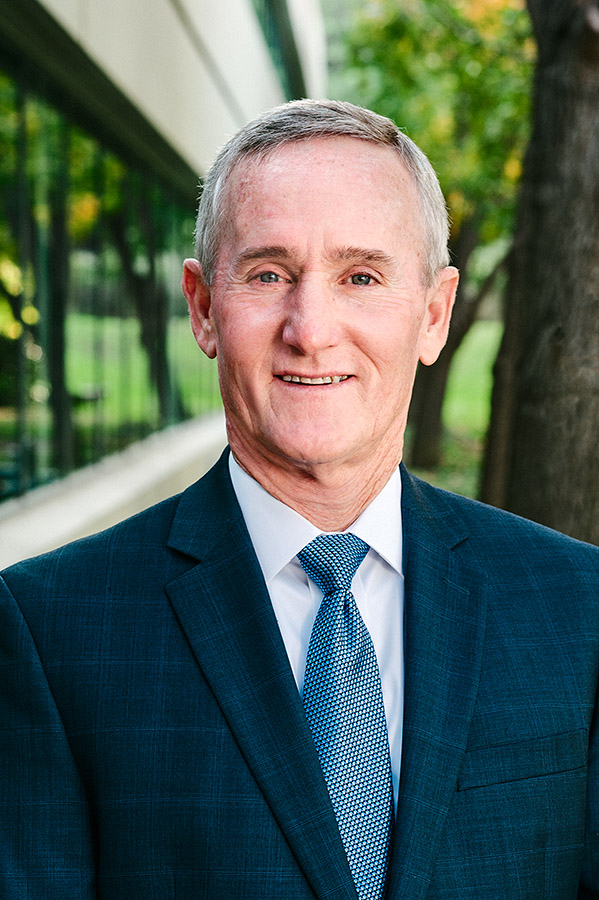
Russell A. Colombo is President and Chief Executive Officer of Bank of Marin Bancorp. He is a lifelong resident of Marin County in the San Francisco Bay Area. Mr. Colombo joined Bank of Marin in 2004 as Executive Vice President and Branch Administrator after 29 years in banking at Comerica Bank, Security Pacific and Union Bank in San Francisco.
He was appointed Executive Vice President and Chief Operating Officer of Bank of Marin in 2005 and assumed the position of President and Chief Executive Officer in 2006. In his current role, he leads the premier community and business bank in the Bay Area, with 22 branches, five commercial banking offices and one loan production office located across Marin, Sonoma, Napa, San Francisco, Contra Costa and Alameda counties.
Mr. Colombo is a board member of the California Bankers Association, Past Chairman of Western Independent Bankers Association and is a member of its executive committee, and Chairman of the Citizens Oversight Committee of SMART — Sonoma Marin Area Rail Transit.
He received a Bachelor of Science degree in agricultural economics and business management from the University of California, Davis, and his Master of Business Administration in banking and finance from Golden Gate University.
In this 3,326 word interview, Mr. Colombo reveals the long term strategy that his built his bank into a leading, local financial institution.
One of the main drivers to success is geographical economics:
“When we look at the economy in the Bay Area, it’s very, very strong.
A lot of that is driven by technology, because in San Francisco and the Peninsula, there is a concentration of technology companies.
Technology is an integral part of industry sectors across the region, and it certainly drives the economy here. Unemployment in Marin County, where we are headquartered, is running just about 2%, which is kind of the definition of full employment. ”
The local populace provides an extremely low cost of capital for the bank:
“I always look at the deposit base as a way of determining if we’re doing a good job with our relationship banking.
Our current non-interest-bearing demand deposits are running about 50% of our total deposit portfolio, which gives us a very low cost of funds. Our cost of deposits is about 21 basis points.
These are primarily operating balances, which are balances that our customers have in the bank that they use every day for their businesses. If that number is high, it tells you that we’re doing a good job with our relationship banking.
They’re very sticky because they’re keeping their deposits with us, and that certainly translates into good things for the bank from a cost-of-deposits standpoint.
In my mind, relationship banking is measured by that deposit number.
There are many banks that say they are relationship bankers. Yet I don’t think there are many community banks in this country, frankly, that have a deposit portfolio like we do, which really speaks to our proven relationship-banking model.”
Get the complete picture of this bank CEO’s operating strategy by reading the entire 3,326 word interview, exclusively in the Wall Street Transcript.
Coal Power, La-Z-Boy, and the Port of Monroe: Is The Michigan County of Monroe the Best Place for a Bank in America?
February 13, 2018
Laurie Havener Hunsicker, Most Award Winning Bank Analyst Ever, is Pounding the Table for the Bank of Hawaii (NYSE: BOH)
January 17, 2019
Wine at Wholesale Shores Up the Bank of Marin Loan Portfolio During the Global Pandemic
May 11, 2020
Bank of Marin Bancorp (NASDAQ:BMRC) CEO Russell Colombo Covers COVID 19 Crisis Management
December 17, 2020
Ritchie and Derenzo Make American River a Good Place to Bank
February 20, 2019